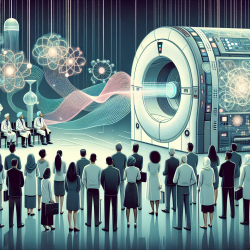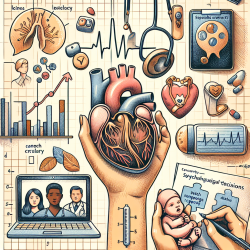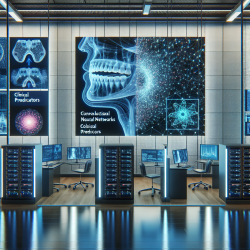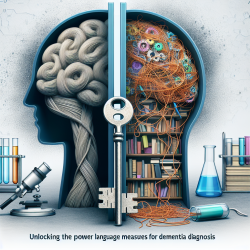Introduction
In the dynamic world of medical physics, continuous learning and skill enhancement are pivotal. The study titled "Simulation of a Medical Linear Accelerator for Teaching Purposes" introduces a groundbreaking approach to education in the field of radiotherapy. This research highlights the development of SIMAC, a simulation software designed to replicate the functionalities of a medical linear accelerator, offering a unique opportunity for medical physicists and service engineers to deepen their understanding and refine their skills in a risk-free environment.
Understanding SIMAC
SIMAC, an acronym for "Simulate Linac," is a software tool that emulates the operations of a medical linear accelerator. Developed in a MATLAB environment, it provides a graphical user interface that mimics the service mode of actual linear accelerators. This simulation allows practitioners to explore the effects of electrical adjustments on dose rates and beam energy in real-time, offering a hands-on learning experience that is both accessible and cost-effective.
Key Features of SIMAC
- Real-Time Simulation: SIMAC allows users to adjust parameters and observe the immediate impact on beam energy and dose rate, providing a realistic understanding of linear accelerator operations.
- Interactive Learning: The software includes features like characteristic curves for klystron amplifiers and oscilloscope traces, enhancing the interactive learning experience.
- Comprehensive Modeling: SIMAC models various components of a linear accelerator, including the klystron amplifier, accelerating waveguide, and beam delivery system, offering a holistic educational tool.
Benefits for Practitioners
The introduction of SIMAC into educational programs for medical physicists and service engineers offers several benefits:
- Enhanced Understanding: By simulating real-world scenarios, practitioners can gain a deeper understanding of the complex interactions within a linear accelerator.
- Cost-Effective Training: SIMAC provides a low-cost alternative to traditional training methods, reducing the need for expensive on-the-job training.
- Risk-Free Environment: Practitioners can experiment with different settings and adjustments without the risk of damaging actual equipment, fostering a safe learning environment.
Encouraging Further Research
While SIMAC provides a robust foundation for learning, it also opens the door for further research and development. Practitioners are encouraged to explore additional features and enhancements that could be integrated into future versions of the software. By contributing to the evolution of SIMAC, medical physicists and engineers can help shape the future of education in radiotherapy.
Conclusion
SIMAC represents a significant advancement in the field of medical physics education, offering a powerful tool for skill enhancement and professional development. By embracing this technology, practitioners can unlock new levels of understanding and expertise, ultimately improving the quality of care in radiotherapy.
To read the original research paper, please follow this link: Simulation of a medical linear accelerator for teaching purposes.










